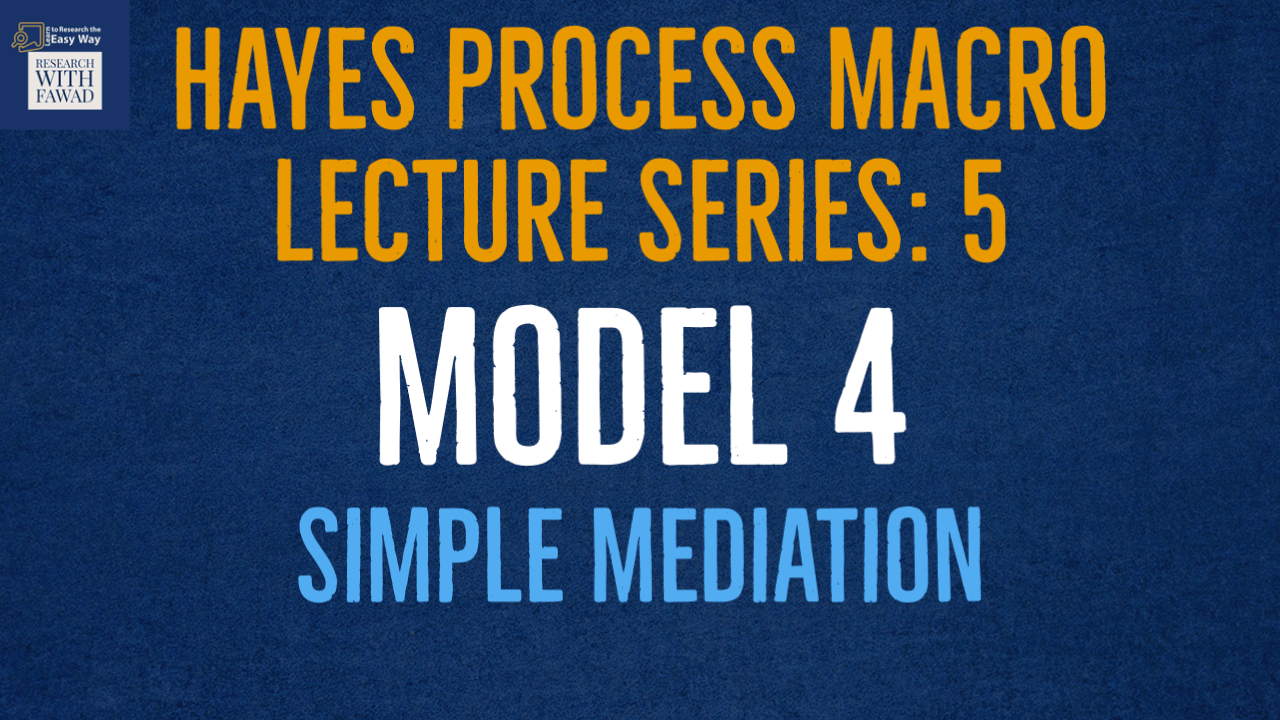
Hayes Process Model - Lecture Series
The tutorial will guide on Model 4 of the Hayes Process Macro for Mediation Analysis.

The tutorial will guide on Model 4 of the Hayes Process Macro for Mediation Analysis.
A direct effect is simply a direct relationship between an independent variable and a dependent variable in presence of the Mediator (c’).
An indirect effect is the relationship that flows from an independent variable to a mediator and then to a dependent variable (a*b).
The term total effect is the combined influence of the direct effect between two constructs and the indirect effect flowing through the mediator (c = c’ + a*b).
Indirect Effect is Significant.
Partial, Since both Total and Direct Effects are Significant.
Mediation Analysis
H1: Commitment mediates the relationship between Collaborative Culture and Organizational Performance
The study assessed the mediating role of Commitment on the relationship between Collaborative Culture and Organizational Performance. The results revealed a significant indirect effect of impact of Collaborative Culture on organizational performance (b= 0.273, t = 5.583), supporting H1. Furthermore, the direct effect of collaborative culture on organizational performance in presence of the mediator was also found significant (b = 0.291, p < 0.001). Hence, commitment partially mediated the relationship between collaborative culture and organizational performance. Mediation analysis summary is presented in Table 1.